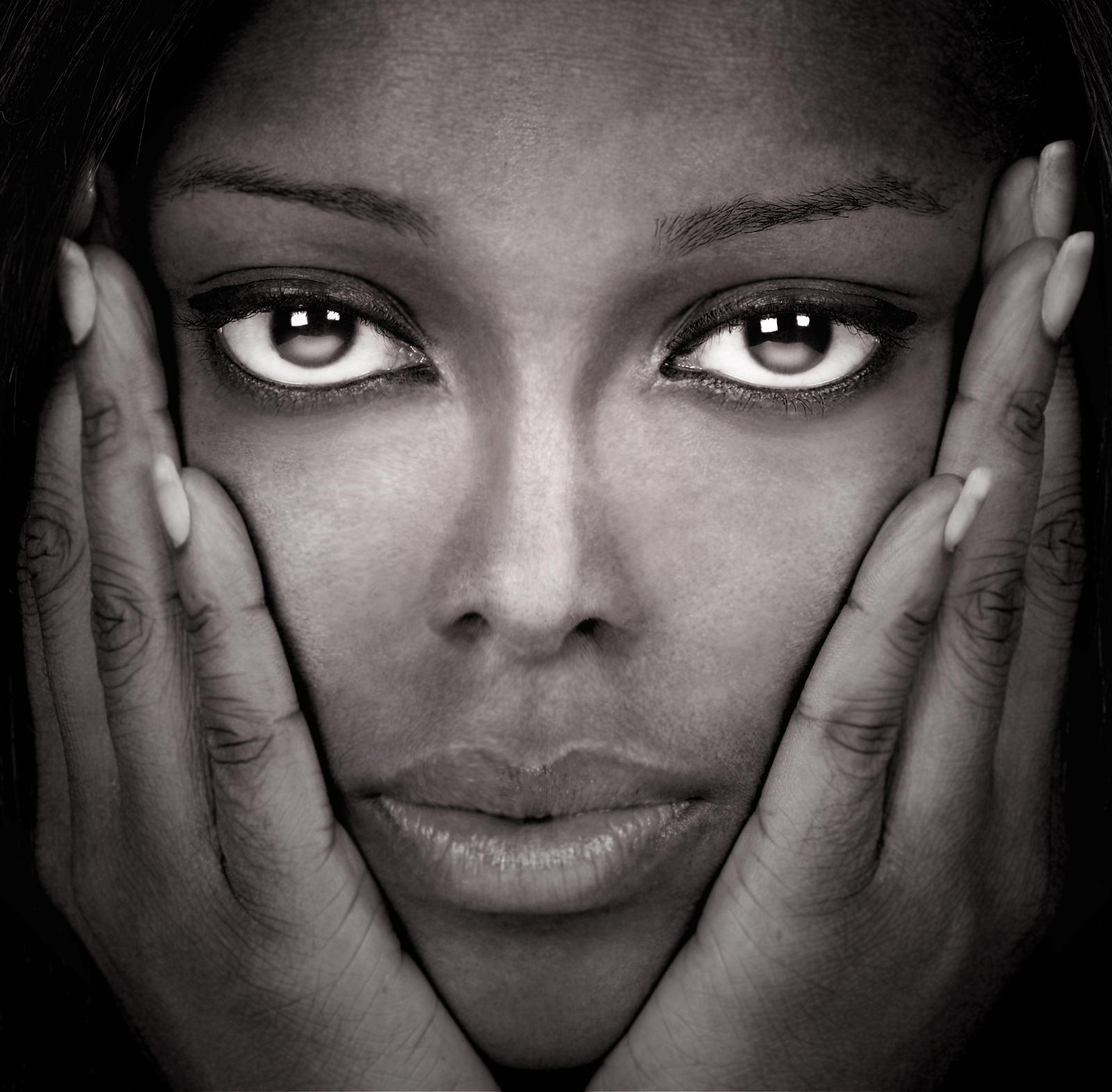Diversity Is Key to Success, Innovation in Marketing and Advertising
Recent racial bias controversies highlight the need for more aggressive diversity and inclusion efforts behind the scenes
Racial bias in advertising has become almost as commonplace as catchy jingles or memorable slogans. In late 2017, Dove set off a firestorm of criticism after releasing an ad in which a black woman removed a brown shirt to reveal a white woman underneath. The lighter complexion was implied as an effect of its new body lotion. The company swiftly apologized and admitted the advertisement “missed the mark”.
But Dove wasn’t the only company to drum up controversy. In January 2018, H&M released a graphic hoodie that read, “Coolest Monkey in the Jungle”. The hoodie was worn by a young black boy on the official product page, which played into age-old racial stereotypes and led to more outrage. And, in just the last four months, the missteps have only grown more severe: In December 2018, Prada’s Pradamalia toy line featured blackface imagery and received prime placement in the windows of the luxury brand’s NYC flagship store; Burberry debuted a sweater with a noose detail around the neckline just last month; Gucci released a balaclava sweater with blackface imagery around the lips and chin, in February as well.
Time and time again, large companies continue to make racially insensitive and uninformed choices about products and advertising. Though they are quick to issue apologies and course correct, the repetition of this pattern is indicative of one thing – there’s a lack of diversity amongst the creatives and decisionmakers at these companies.
The importance of diversity
After the Pradamalia backlash, Prada executives enlisted Oscar-nominated director Ava DuVernay to spearhead a diversity council, with the hopes of avoiding any further controversies. This was an encouraging development. But ultimately, companies shouldn’t need to form special counsels with celebrity consultants – this is a press stunt that puts a bandage on the issue but doesn’t address the root cause. Companies like Prada need to diversify their ranks so their creative decisions can be informed by multiple points of view.
Diversity matters for a few key reasons:
- Companies are marketing to a diverse audience, comprised of consumers from many different ethnic backgrounds. The boardrooms and studios where advertising is created need to reflect the audience. If every decisionmaker and creative in the room comes from the same background, and that background differs from that of the consumer, how can they land on issues or representations that connect with their target segment?
- Diversity behind the scenes gives advertising authenticity. Cultural marketing requires an accurate reflection of cultural norms and traditions. Getting these elements right wins the buy-in of the consumer. Missing the mark can cost a company significant loss of market share and long-lasting damage to its image.
- Diversity can work as an incredible recruiting mechanism. If potential talent sees your company deliver strong output in cultural marketing, you’ll attract Class A talent from all walks of life.
Diversity does so much more than help a company avoid racial bias and PR disasters. It leads to innovation, more intriguing storytelling, and a more inviting atmosphere for both employees and consumers.
How to achieve diversity
To achieve diversity, you have to start long before there’s an idea to discuss, and you have to understand that diversity alone is not the answer. Diversity and inclusion go hand in hand.
-
- Pay attention to candidate sourcing. Does your current candidate pool consist exclusively of students from certain universities or from referrals from existing employees? If you recruit from the same sources, you’ll continue to hire the same employees. Extend your efforts and reach beyond your go-to sources, to new schools and to community programs that can connect you with fresh talent.
- Acknowledge implicit bias. Quite often, certain problematic beliefs influence a company’s behavior, even if those beliefs aren’t discussed. They’re manifested in microaggressions and hiring decisions and delegation of duties. Understanding where bias naturally exists within your company can help you avoid repeating actions that lead to a lack of diversity and inclusion.
- Create a culture of inclusion: Diversity means moving a number – filling the ranks with more people of color. Inclusion, on the other hand, means giving those diverse hires a voice. Help them understand and fit into the existing culture. Give them a chance to contribute, and when they do, listen to what they have to say. Show them that they’re being taken seriously.
- Train your staff: Get everyone on the same page. High-level leaders might get the need for diversity, and lower-ranking staff might recognize it isn’t here. But it’s the mid-level managers who are often responsible for interviewing, hiring, and onboarding. Make sure they’re aligned with the company’s diversity and inclusion goals through certified, thorough diversity training.
It’s painfully apparent when a company doesn’t have a culture of diversity and inclusion. To avoid the racial bias that has plagued companies like Prada, H&M, and Dove, companies need to ensure inclusivity is woven into their DNA. With the right people behind the scenes, companies can sidestep controversy and focus on authentic ads that go viral for all the right reasons.


